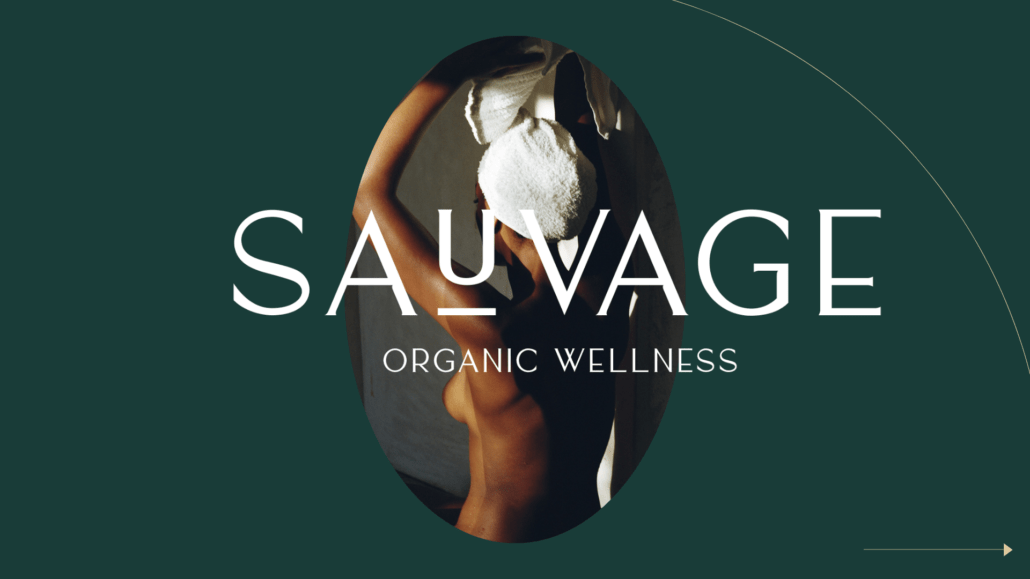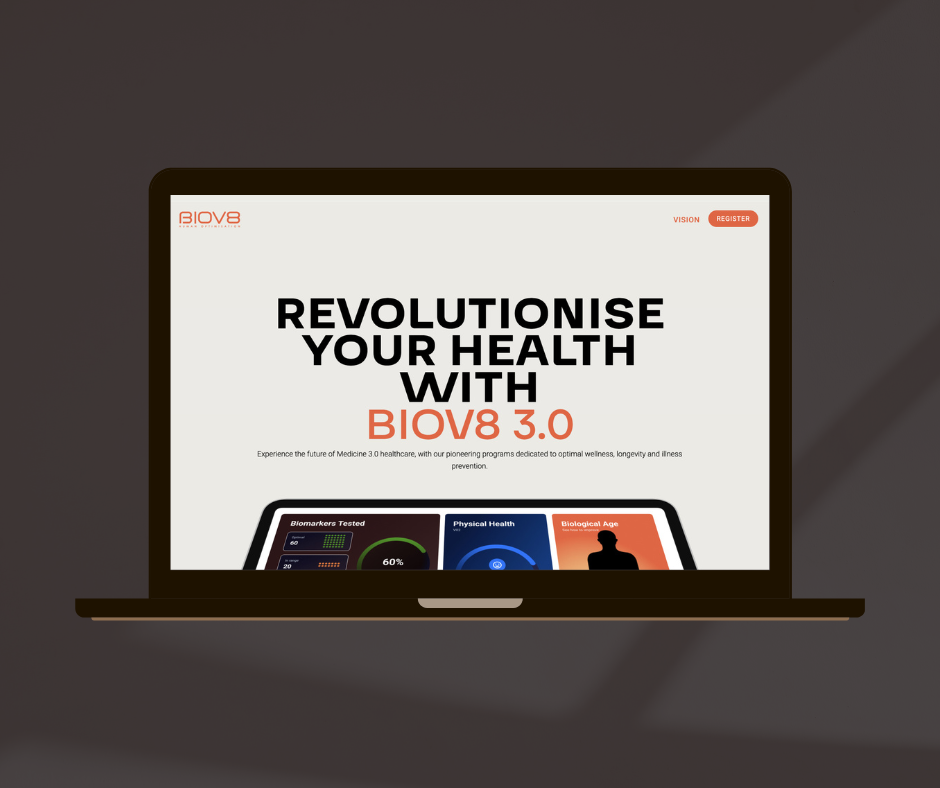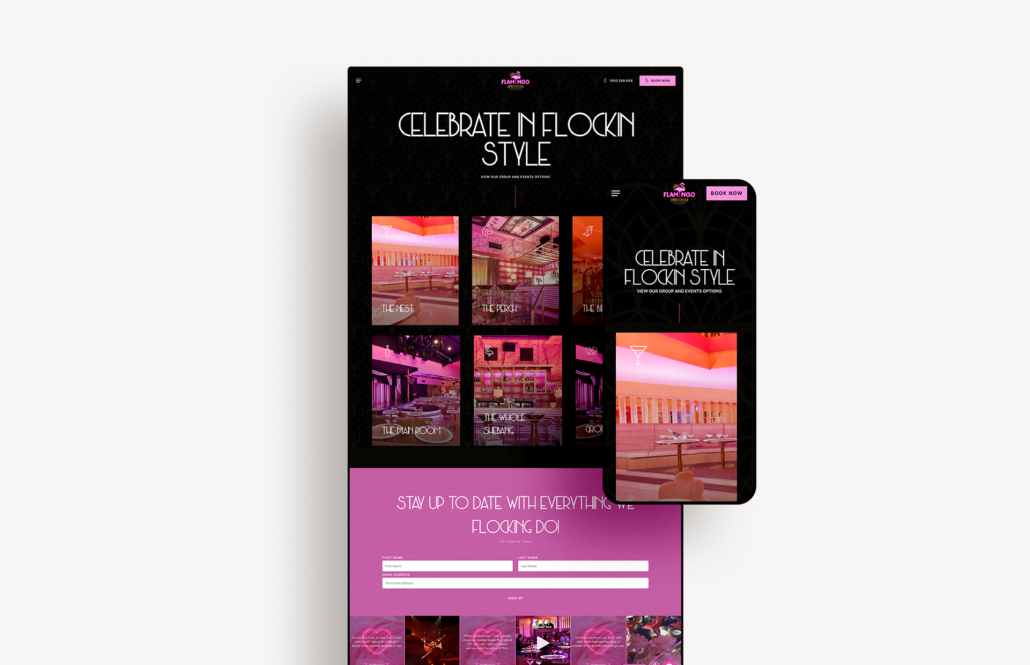A powerful CMS that enables brands to create, manage, distribute, and display digital content across multiple locations.
2020 – 2024
Client
Coates Group

”For the Switchboard platform, I spearheaded the design and development of the Creative Center component, a critical feature that enables QSR restaurants to efficiently manage and optimise their digital content. This component provides restaurant operators with the ability to create and implement templates for their menu boards, ensuring consistency and ease of use across all locations.
Overview
Led the design of Switchboard™ so brands can create, manage, distribute, and display digital content based on real-time data and rich analytics to orchestrate a seamless customer journey.
The Challenge
Before the creation of Switchboard™, Quick Service Restaurants (QSRs) faced significant challenges in managing digital content across their restaurant screens. Content updates were manually handled through Excel spreadsheets, requiring extensive effort and coordination. This process not only consumed valuable time but also removed control from the restaurant operators, forcing them to rely on Coates Group for every update.
Additionally, the lack of a centralised content management system meant there were limited opportunities for real-time customization or data-driven decision-making. Restaurants couldn’t easily adjust content based on factors like location, customer demographics, or live transactions. There was no built-in analytics to measure engagement, optimise menu layouts, or track performance. Without dynamic content capabilities, all locations displayed static, one-size-fits-all information, missing the opportunity to personalise experiences or respond to real-time events like promotions, weather changes, or peak service hours.
These limitations highlighted the need for an intelligent, integrated solution that would empower restaurants with greater control, automation, and data-driven insights—leading to the development of Switchboard™.
Goals
Coates Group’s Switchboard™ is an advanced content management system (CMS) designed to create a seamless digital ecosystem for brands. It integrates with existing data sources to ensure dynamic, data-driven content across all touch points, enhancing the customer ordering experience. With smart components, centralised asset management, and real-time scheduling, it allows businesses to deliver personalised content based on factors like weather, customer identity, and live transactions. By leveraging real-time data and analytics, Switchboard™ improves order accuracy, reduces wait times, and increases sales while providing valuable insights to optimise content performance.
Contribution
For the Switchboard platform, I spearheaded the design and development of the Creative Center component, a critical feature that enables QSR restaurants to efficiently manage and optimise their digital content. This component provides restaurant operators with the ability to create and implement templates for their menu boards, ensuring consistency and ease of use across all locations.
I also designed a comprehensive content management section that allows QSRs to build and customise their menus, incorporating dynamic rules based on stock availability and personalised content for each location. This functionality ensures that the displayed content is always relevant, reflecting real-time operational needs.
In addition, I developed a locations panel, providing restaurant operators with a centralised view of all their locations. This feature enables them to schedule and manage content for each individual store, enhancing operational efficiency and ensuring content is aligned with location-specific requirements. I created a products section that allows operators to view, manage, and update all menu items, product images, and associated content.
This ensures that the digital menu remains consistent and up-to-date across all touchpoints. Throughout this process, I wireframed and designed the user interface, collaborating closely with the development team to ensure smooth implementation. I also created interactive prototypes, which I presented to McDonald’s global team, facilitating the successful integration of these features across their network of locations.
Research
Business Context & Objectives
Switchboard™ is Coates Group’s proprietary Content Management System, purpose-built for the unique needs of QSRs. Unlike generic CMS solutions, it must handle:
- Centralised control of menu content and promotional materials across thousands of locations
- Real-time updates, enabling restaurants to respond instantly to changes like stock availability or local promotions
- Personalisation strategies that leverage data such as weather, time of day, and sales trends
Objectives defined with stakeholders included:
- Reducing operational complexity for marketing and store teams
- Improving content accuracy and consistency globally
User Research
We conducted structured interviews and contextual inquiries with key user groups:
Primary Personas:
• Marketing Managers & Agencies
○ Central office teams creating, approving, and scheduling campaigns for multiple regions.
○ Need: Easy-to-use scheduling tools, consistent brand templates, robust approval workflows.
• Store Managers & Owner-Operators
○ Responsible for local compliance and content accuracy on screens.
○ Need: Quick editing capabilities for local specials, simplified UI with minimal training requirements.
• IT / Systems Administrators
○ Handling integrations with POS systems, ensuring uptime and security.
○ Need: Robust, scalable backend, user management, and permissions.
• Research Activities:
○ 12 in-depth interviews across APAC, Europe, and North America markets.
○ Observation of store-level content workflows via video calls and site visits.
○ Surveys to assess pain points with existing systems.
Key Insights:
• Users were overwhelmed by legacy systems with overly technical interfaces.
• Marketing teams struggled with coordinating region-specific promotions.
• Store-level staff had limited time for training and needed intuitive, error-resistant tools.
• IT teams demanded better API documentation and clearer system status monitoring.
I synthesised these insights into personas, journey maps, and key user stories that informed our design sprints.
Competitive & Comparative Analysis
To validate and inspire our design approach, I ran a benchmarking exercise across CMS tools used in retail and QSR spaces:
Examples analysed: MenuBoard CMS competitors like
• Raydiant
• STRATACACHE
• Scala
• Generalist CMS tools (e.g. WordPress with custom scheduling plugins)
• Omnichannel marketing platforms.
Findings: Most competitors lacked fine-grained scheduling and targeting at scale.Templates were often static, making localisation labor-intensive. Strongest players invested in data-driven, real-time content targeting, but interfaces were complex and required technical training.
This analysis highlighted opportunities to differentiate by combining robust targeting with a clean, intuitive UI suitable for non-technical users.

Technical & Business Constraints
We also mapped out the broader technical landscape and constraints:
- Integration requirements with POS systems, inventory databases, and existing Coates digital signage hardware.
- Data considerations for real-time updates based on weather, sales, and time of day.
- Infrastructure needs to ensure reliability across thousands of locations with limited local IT support.
- Localisation support for multilingual markets.
By clearly documenting these constraints, we avoided overpromising on features that wouldn’t scale or integrate properly, keeping stakeholders aligned.

UX Design
HIGH LEVEL FLOW
To guide our design decisions, I mapped key user journeys for the primary personas: Marketing Managers, Store Managers, and IT Admins. These journeys helped us visualise real tasks, identify pain points, and align on requirements.
By defining these journeys, I ensured our designs addressed real-world tasks and reduced friction at each step. These journey maps also became valuable communication tools with stakeholders and developers, aligning everyone on the user’s goals and needs.

CROSS-REFERENCE OF DATA
Because of the existing global framework used across McDonald’s stores, it was essential to incorporate these standards into the new design. Previously, content updates were managed manually through Excel spreadsheets, demanding significant effort and coordination. Our goal was to fully digitalise this process. I reviewed all schemas and code structures to ensure that every data point was properly surfaced and accessible in the front-end interface. Due to the current global framework we currently use for McDonalds stores, these needed to be implemented in the new design. Content updates were manually handled through Excel spreadsheets, requiring extensive effort and coordination and we need digitalise it. I checked all schemas and codes to ensure each piece of data had a front end

User requirements mapping
I worked to define detailed user requirements for each key section of the Creative Center, ensuring the solution would meet real-world needs across marketing teams, store managers, and franchise operations.

Ideation
In the ideation phase, I translated our research insights and technical constraints into actionable design solutions. I explored multiple user flow variations, wireframe concepts, and interaction patterns to address key pain points like complex scheduling, approval workflows, and asset management.This stage was highly collaborative: I ran design workshops with PMs and developers to brainstorm, evaluate feasibility, and prioritise features. The goal was to balance enterprise-scale functionality with a streamlined, intuitive user experience that reduced training time and empowered marketing and store teams.

WIREFRAMEs
I translated the user requirements mapping into detailed wireframes to validate workflows and screen layouts before moving to high-fidelity design. The wireframes focused on simplifying complex tasks like building assemblies for different day-parts, managing component templates, maintaining product catalogs, and scheduling location-specific content.
By visualising these flows early, I was able to identify redundancies, streamline navigation, and ensure that each section of the Creative Center supported real operational needs in an intuitive, user-friendly way.In the ideation phase, I translated our research insights and technical constraints into actionable design solutions. I explored multiple user flow variations, wireframe concepts, and interaction patterns to address key pain points like complex scheduling, approval workflows, and asset management.
This stage was highly collaborative: I ran design workshops with PMs and developers to brainstorm, evaluate feasibility, and prioritise features. The goal was to balance enterprise-scale functionality with a streamlined, intuitive user experience that reduced training time and empowered marketing and store teams.


The Product
CONTENT SCHEDULER
With Switchboard™, QSRs now have full control over their digital content, allowing them to schedule and customise displays with precision. Instead of relying on manual Excel updates, restaurants can now automate content distribution, ensuring the right message appears at the right time.
Switchboard™ enables scheduling by daypart, meaning breakfast, lunch, and dinner menus can seamlessly update without manual intervention. Promotions and limited-time offers can also be scheduled in advance, ensuring timely and relevant messaging.
Additionally, the platform allows for location-based customisation, meaning restaurants in different regions can display tailored content based on local pricing, customer preferences, or regional promotions.
Beyond scheduling, Switchboard™ supports variations based on screen configurations. Whether a restaurant has drive-thru displays, indoor menu boards, or promotional screens, content can be dynamically adjusted to suit each format. This flexibility enhances customer engagement, improves operational efficiency, and ensures consistency across all digital touch points, creating a more personalised and data-driven experience.

TEMPLATE CREATOR
Switchboard™ streamlines content management for QSRs by allowing them to create reusable templates that can be applied across multiple screens. Instead of designing content individually for each display, restaurants can build standardised templates that automatically adapt to different locations, screen sizes, and configurations.
This reduces the amount of manual work required, ensuring consistency while still allowing for customisation where needed. For example, a single menu template can be used across hundreds of locations, with automatic adjustments for regional pricing or promotions. Similarly, drive-thru and indoor menu boards can share the same design structure while displaying content optimised for their specific formats.
By simplifying content creation and distribution, Switchboard™ empowers restaurant teams to manage updates efficiently, freeing up time to focus on enhancing the customer experience.

CONTENT MANAGER
With Switchboard™, we have allowed QSRs have complete control over their digital content, enabling them to manage every aspect of their on-screen experience in one centralised platform. Restaurants can build and customise their own screens, choosing the layout, content, and messaging that best fit their needs.
Whether it’s a drive-thru menu, an indoor promotional display, or an ordering kiosk, operators can design screens that align with their brand and customer flow.Beyond screen management, Switchboard™ allows restaurants to oversee their entire product catalog, ensuring menu items, pricing, and promotions are always up to date. Operators can easily adjust offerings, modify product availability, and schedule content changes based on store hours or regional preferences. Each location can have unique operating hours, and Switchboard™ ensures the correct menus and promotions are displayed at the right times.

End-to-End Process
Redesigning Switchboard™ CMS was a collaborative, iterative journey that balanced business needs, user requirements, and technical feasibility. Here’s the end-to-end process I followed:
1. Brief & Alignment
I began by working closely with product managers and business stakeholders to clarify:
• Project objectives and success metrics
• Target users and their roles (marketing teams, store managers, IT admins)
• Scope and technical constraints
We defined the challenge: modernise the CMS for ease-of-use while supporting complex enterprise-scale features like scheduling, localisation, and approvals.
2. Documentation & Research
I gathered and structured existing knowledge:
• Stakeholder interviews
• User research (interviews, surveys, observations)
• Competitive analysis of other CMS and signage platforms
• Technical constraints and integration needs
Outcome: Personas, journey maps, and a clear problem definition grounded in real user pain points.
3. Wireframing
I translated research findings into early design concepts:
• Low-fidelity wireframes to test layout ideas and workflows
• Defined information architecture with clearer navigation and role-based access
• Collaborated with PMs and devs to identify feasibility constraints early
Focus: Rapid iteration to validate user flows before investing in high-fidelity design.
4. Assessing Possibilities with Developers
I held structured workshops and syncs with the engineering team to:
• Discuss technical limitations and integration points (e.g. POS systems, real-time triggers)
• Prioritise features for MVP vs later phases
• Ensure designs were feasible, scalable, and aligned with existing Coates infrastructure
This step was critical for reducing rework later and building trust across disciplines.
5. Ideation & Prototyping
With constraints and needs defined, I explored design directions:
• Mapped alternative UI patterns for scheduling, asset management, and approvals
• Co-designed solutions for real-time targeting rules
• Prioritised usability for non-technical marketing users
We held collaborative sessions to balance user needs, business goals, and technical realities.
I produced high-fidelity interactive prototypes in Figma of each element we were preparing with an end to end user journey
6. Presenting to McDonald’s Global
As Coates’ largest QSR client, McDonald’s Global teams reviewed and evaluated our designs:
• Presented interactive prototypes for feedback
• Collected stakeholder input on workflows, brand needs, and regional variations
• Incorporated McDonald’s feedback to ensure the solution would work at their scale
This was a critical step for securing client buy-in and validating our approach with real enterprise needs.
I produced high-fidelity interactive prototypes in Figma of each element we were preparing with an end to end user journey
7. Approval & Iteration
Following client presentations:
• Reviewed stakeholder feedback with PMs and devs
• Prioritised changes and refinements
• Iterated designs to address usability concerns, brand requirements, and technical feedback
• Updated prototypes and documentation to reflect final design decisions
I produced high-fidelity interactive prototypes in Figma of each element we were preparing with an end to end user journey
8. Documentation
I created detailed design documentation to support smooth developer handoff:
• Figma component libraries with variants and specs
• User flows, interaction notes, and edge-case handling
• Acceptance criteria for key features
This step ensured shared understanding and reduced ambiguity in implementation.
I produced high-fidelity interactive prototypes in Figma of each element we were preparing with an end to end user journey
9. QA Support
During development, I worked closely with the engineering team:
- Reviewed builds to catch UI and interaction bugs early
- Provided visual QA checklists
- Suggested adjustments to maintain design fidelity
- I also supported responsive design testing for tablet and desktop use.
10. Feedback & Continuous Improvement
Post-release, I facilitated:
• Gathering user feedback from marketing and store teams
• Logging insights for future improvements
• Planning for V2 enhancements
We treated design as a living process, with ongoing iteration to support evolving business and user needs.
Future Planning
Technology Enablers
At Coates Group, we leverage insights from emerging technology enablers to design and deliver the next generation of experiences for QSR restaurants. By mapping five key technology categories—Identification, Analytics, Communication, Interaction, and Automation—we identify opportunities to enhance customer engagement, operational efficiency, and digital innovation.
Our approach starts with deep research into industry and tech trends, followed by aligning those findings with the strategic needs of our QSR clients. We then use this framework to explore how foundational technologies like SOC, Edge Computing, Cloud Services, and 5G can unlock new capabilities across each category.
This process enables us to create tailored solutions—whether that’s more seamless ordering interfaces, smarter content delivery, or automated backend systems—that not only meet today’s needs but also anticipate the future of the QSR experience.
Future drive-thru experiences
How we can align these technological pieces into a enhanced drive through experience

















